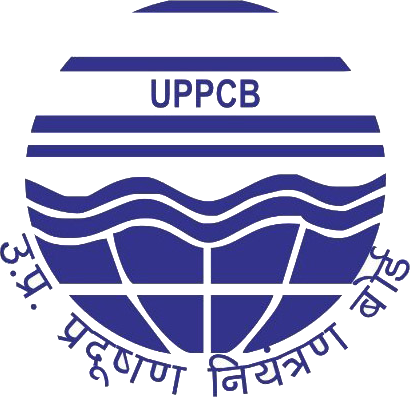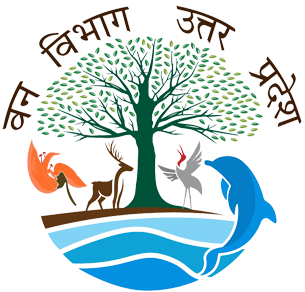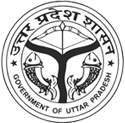





With the development of road and railway networks, there is a strong reason to develop several investment zones and logistics hubs to attract maximum benefits from these infrastructure projects. Besides areas along DMIC and EDFC catchment areas, there are many more places where logistics infrastructure can be developed. The UP government has recently selected seven cities in the state for developing logistics hubs including Ghaziabad which will be nearby Delhi-Meerut Expressway. The Ghaziabad Development Authority has planned the development of two logistics hubs for which land has been identified in Bhojpur and Kaushaliya. Similarly, the government has selected 12 districts near the Purvanchal Expressway for the Purvanchal Expressway Industrial Corridor project including Barabanki, Amethi, Sultanpur, Azamgarh, Mau, Ayodhya, and Ambedkar Nagar 3 Other key investment zones include:
| Sr. No. | Department Name | Service Name | Timeline (Days) | Category | Criteria | |
|---|---|---|---|---|---|---|
 |
Board of Revenue Website Link |
Land Purchase Permission (Dhara 89) | 60 | In case applicant wants to purchase more than 12.5 Acre Land | ||
| Change of Land Use (Section 80) | 45 | In case applicant wants to change agriculture land to non-agriculture land | ||||
 |
Department of Labor Website Link |
Approval of plan and permission to construct/extend/or take into use any building as a factory under the Factories Act, 1948 | 30 | If factory having 40 or more workers without power. Or Factory having 20 or more workers with power. | ||
| Registration and grant of license under The Factories Act, 1948 | 30 | If factory having 40 or more workers without power. Or Factory having 20 or more workers with power. | ||||
| Registration of principal employer's establishment under provision of The Contracts Labor (Regulation and Abolition) Act, 1970 | 30 | Every establishment in which 50 or more workmen are employed | ||||
| Registration of establishment under the Inter State Migrant Workmen (RE/CS) Act, 1979 | 30 | Every establishment in which 5 or more inter-state migrant workmen are employed. | ||||
| Registration under The Building and Other Construction Workers (Regulation of Employment and Conditions of Service) Act, 1996 | 30 | Govt - Unit any number and Pvt unit 10 and more employee and Investment 10 Lac and above any number of employees | ||||
| Registration under Motor Transport Act | 21 | Every motor transport undertaking employing 2 or more motor transport workers. | ||||
 |
Department of Stamp and Registration Website Link |
Property Registration | 1 | If applicant wants to register properties | ||
 |
Pollution Control Board Website Link |
Consent to Establish Under Air and Water Act (NOC) | 120 | Mandatory | ||
| Consolidated Form for Consent under Water Act 1974 Air Act 1981 and authorization under the Hazardous and Other Wastes (Management and Transboundary Movement) Rules 2016 | 120 | Mandatory | ||||
 |
Uttar Pradesh Fire Services Website Link |
NOC from Fire Department (prior to commencement of construction activities) or Provisional | 15 | Mandatory | ||
 |
Uttar Pradesh Power Corporation Limited Website Link |
Power Connection | 30 | If applicant require power connection | ||
 |
Forest and Wildlife Department Website Link |
NOC for Tree Felling | 15 | If applicant wants to cut tree | ||
 |
Registrar Firms Societies and Chits Website Link |
Registration of Partnership firms, Society | 30 | If applicant wants to register Firm or Society | ||
 |
Public Works Department Website Link |
Road Cutting Permissions | 7 | In case applicants wants cut road | ||
 |
Directorate of Electrical Safety Website Link |
Initial Inspection of Low Voltage Installation | 4 | If applicant require power connection | ||
 |
|
Building Plan Approval | 15 | In case applicant wants to construct building | ||
| Occupancy Certificate | 25 | In case applicant wants to obtain Occupancy Certificate | ||||
 |
Urban Department Website Link |
Water Connection of Industrial Water | 15 | In case applicant wants a water connection | ||